Honey Bee: Fun Facts, Hives & Honey
Team PlantTAGG2023-06-16T07:19:09-06:00Honey bees are highly specialized cold-blooded insects that operate as an efficient, super-organism. The majority of the honey bee species (Apis Mellifera) prevalent in North America are European – specifically Italian in origin. They were brought in by the settlers when beekeeping in North America began. Since then, honey bees have continued to be one of the most sophisticated pollinators.
This article is the final one in our National Pollinator Week series, where we’ve also covered hummingbirds and butterflies. Though given the important role bees play in our yard and gardens, it won’t be the last you hear from us on this fun topic! In this post, we take a look at the honey bee ecosystem, including the key players and their primary roles and the impact on our food supply. We also included a fun infographic with “Fun Facts” that you can share with your social networks!
Honey Bee or Honeybee – that is the question!
Before we dive in, let’s talk about one of the most asked questions: is honey bee one or two words?!
Writing insect names can be tricky since they often have different names in different geographic areas. To make matters worse, they may have different spellings depending on where the names are published. For example, according to Merriam-Webster, “honeybee” is spelled as one word. However, according to entomologists (and the ESA Common Names of Insects Database), “honey bee” is spelled as two words. Newspapers tend to use the dictionary spellings, while scientific journals use the spellings sanctioned by the entomological community.
That said, it’s really up to you. What’s your preference?
Honey Bee Players
Queen
The queen creates order in the hive by emitting pheromones that help the bees know that everything is okay, who is part of their colony, and even where to locate their hive. The queen lays between one and three thousand eggs per day (typically around 1,500).
A virgin queen will mate with between 10-20 drones over a two or three-day period. She accumulates sperm in her spermatheca, which she will use for the rest of her life to fertilize eggs. The queen breeds only once in her life and lives from two to five years as an egg-laying queen.
Worker Bees
All of the worker bees that forage for pollen, nectar, water and propolis (tree wax) are female. Foragers (the bees we see most commonly outside) are the most senior of worker bees. Female workers are unable to produce fertilized eggs but sometimes lay unfertilized eggs. When scout foragers locate a new supply of pollen, nectar, water or housing, they return to the colony and do a ‘waggle dance’ for the other bees. This dance tells the other foragers what direction to fly in to get to the new resources (in relation to the sun and how far away they are).
Drones
Male bees are called drones. Drones have one job: to breed with a queen. The males congregate with males from other nearby hives at a location approximately 30 feet in the air waiting for virgin queens. Once a drone breeds with a virgin queen, his work is done, and he dies immediately.
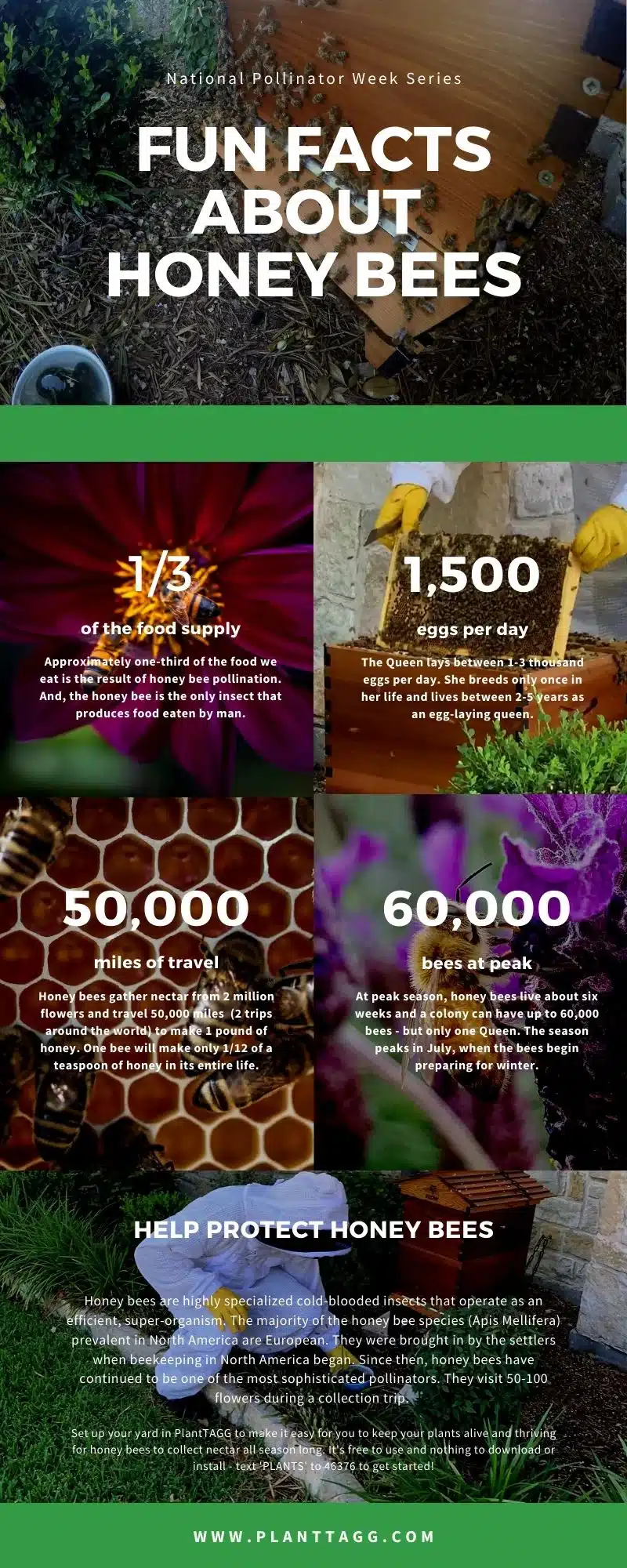
A Day in the Life of a Honey Bee
Honey bees are extremely well organized. Everyone has a role and works together toward a common goal.
The first job of a newly born bee is to clean its cell from which it hatched. They do this for three days from birth. The queen inspects the cell, and if it’s not up to her standards, she sends the “new bee” back to complete the job.
Next, a new worker bee is promoted to a nurse bee. In this role, they care for eggs and larvae and cap larvae as they become pupae. It takes about nine days for a fertilized egg to become a fully-grown larva, at which time the cell is capped. It takes about 21 days to gestate a bee from the egg.
The next role is in-hive construction and honey storage. This role lasts for about three weeks. Finally, the bees are promoted to foragers, where they will spend the rest of their lives.
At peak season, honey bees live about six weeks, and a colony can have up to 60,000 bees. The season peaks in July when the queen reduces her egg-laying activities as the colony prepares for winter. Bees huddle tightly in winter to keep warm and reduce the colony size to about 5-10,000. All drones are ejected from the hive before winter.
Honey Bee Swarming
Swarming is a natural part of hive propagation. A colony will swarm if they get too crowded. In this situation, half of the hive goes with the existing queen. They prepare for a swarm for up to a month. The queen will lay several eggs in ‘queen cells’ and the nurse bees feed them a diet exclusively of royal jelly. If several queens hatch, they will fight, with the surviving queen taking control of the colony. A queen’s stinger does not have a barb, so she can sting without dying.
Honey Bee Hive
When a beekeeper opens a hive, they commonly use a smoker that burns clean wood and debris such as grass, paper and leaves. Introducing smoke is said to calm the bees. It sends them retreating deep into the hive to consume honey as it causes them to think they need to prepare to vacate the hive due to a forest fire.
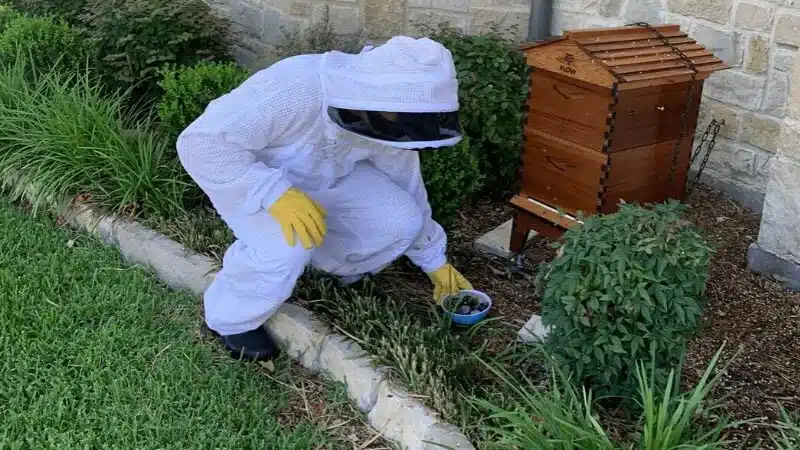
Since honey bees are cold-blooded, they must regulate their body temperatures. They do this by both generating body heat to warm them when it is cold and by flapping their wings to create evaporation and airflow when it is hot. If a hive gets too hot, you may see bees’ bearding’ the outside of the hive. In summer or winter, bees can keep the hive temperature at 95 degrees F.
As much as half of the food eaten by humans is directly or indirectly dependent upon pollinators like honey bees. Due to pesticides, hive diseases/parasites and commercialization of land, the honey bee population has been in decline for decades.

Honey Bee Honey
Bees can travel as far as five miles from the hive in search of resources. It can take up to 50,000 miles of bee travel (2 trips around the earth) to make one pound of honey. And it takes collecting nectar from 2,000,000 flowers to create that same pound of honey.
Bees make honey by collecting nectar from flowers and storing it in their honey stomach. They visit 50-100 flowers per collection trip! Enzymes in their stomachs break down the nectar into two separate sugars: fructose and glucose – a process called ‘inversion’ for making honey. The bee then flies back to the hive and regurgitates the nectar into a wax comb cell that is capped with more wax. Once the water in the nectar evaporates, we get one of life’s sweet pleasures: honey!
PlantTAGG Founder & CEO Andrew Levi recently produced their first batches of honey, and it looks incredible! They named it ‘Hood Honey, as it’s meant to be enjoyed with family and friends. If you’re interested in learning how to set up a hive or more about honey bees in general, email us at social (at) planttagg.wpengine.com and we’ll connect you with Andrew!

Meanwhile, get outside and enjoy watching these tiny wonders. If you’re looking for ways to attract more pollinators to your yard and garden, check out our pollinator series posts. Be sure to set up your yard in PlantTAGG, and we’ll make it easy for you to keep your plants alive and thriving for the honey bees to collect nectar all season long. Text ‘PLANTS’ to 46376 to get started!


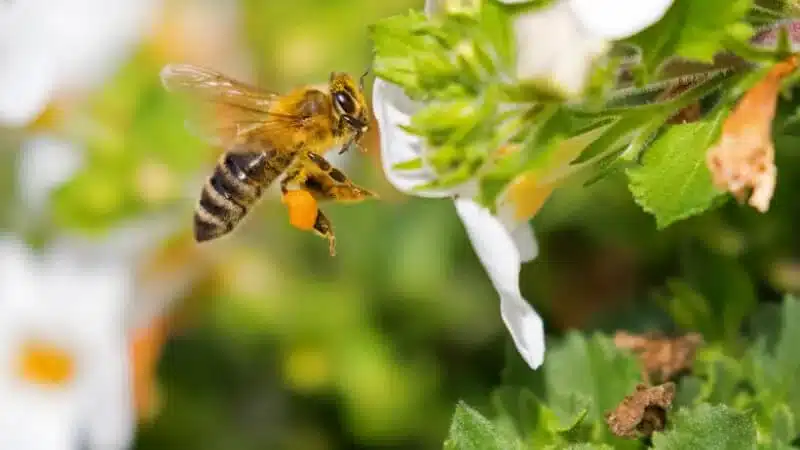

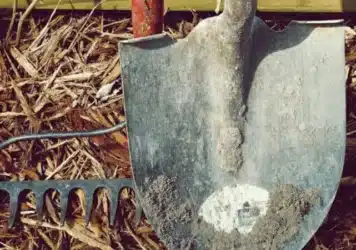
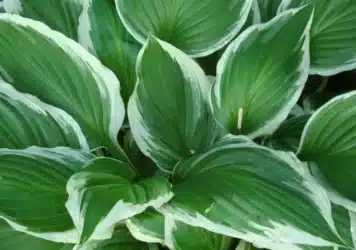







Leave a Reply